The sixth edition of Foto/Industria explores the game industry in photography
Discover our top five picks of this year's artists at Foto/Industria in Bologna
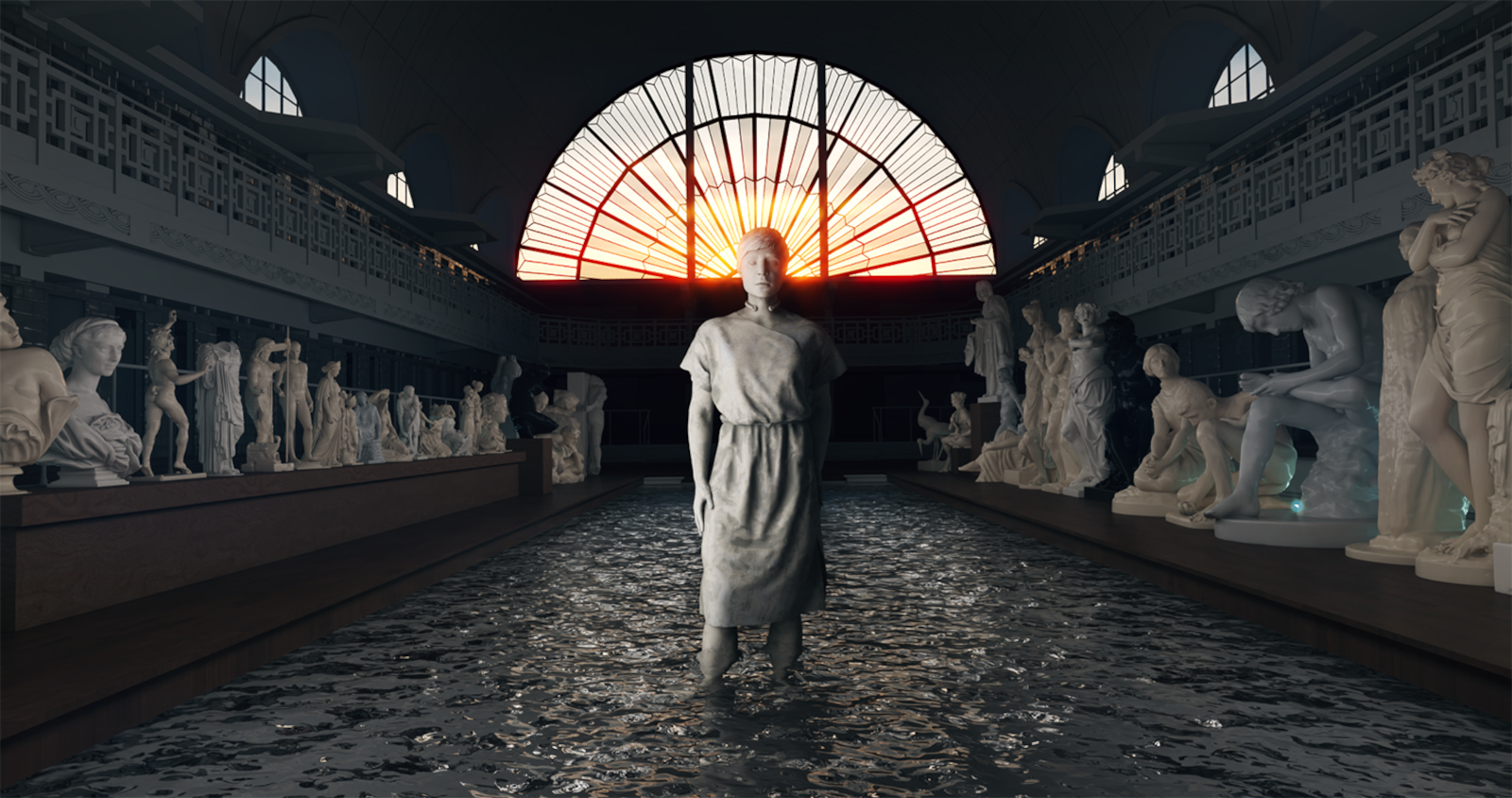
The sixth edition of the photography biennial Foto/Industria opened in Bologna this week, and with it, 12 new exhibitions scattered across the northern Italian city. As its name suggests, Foto/Industria explores photography that falls into the scope of industry and work. Previous years dealt with subjects such as the food industry and the built environment, however, this year curator Francesco Zanot chose the theme ‘Game: The game industry in photography.’
‘Research into a universal activity such as gameplay, which knows no limits in terms of gender, age, or location, has revealed complex and articulated points of view aimed at different objectives,’ explains Zanot. ‘From entertainment and learning to relaxation and gratification.’ Each of the twelve exhibitions interprets the theme of the game in an entirely novel way, from finding representation in online avatars to the simple pastimes of longtime married couples.
Here are our five picks of what to see at Foto/Industria 18 October - 26 November.
Andrea Gursky, Visual Spaces of Today
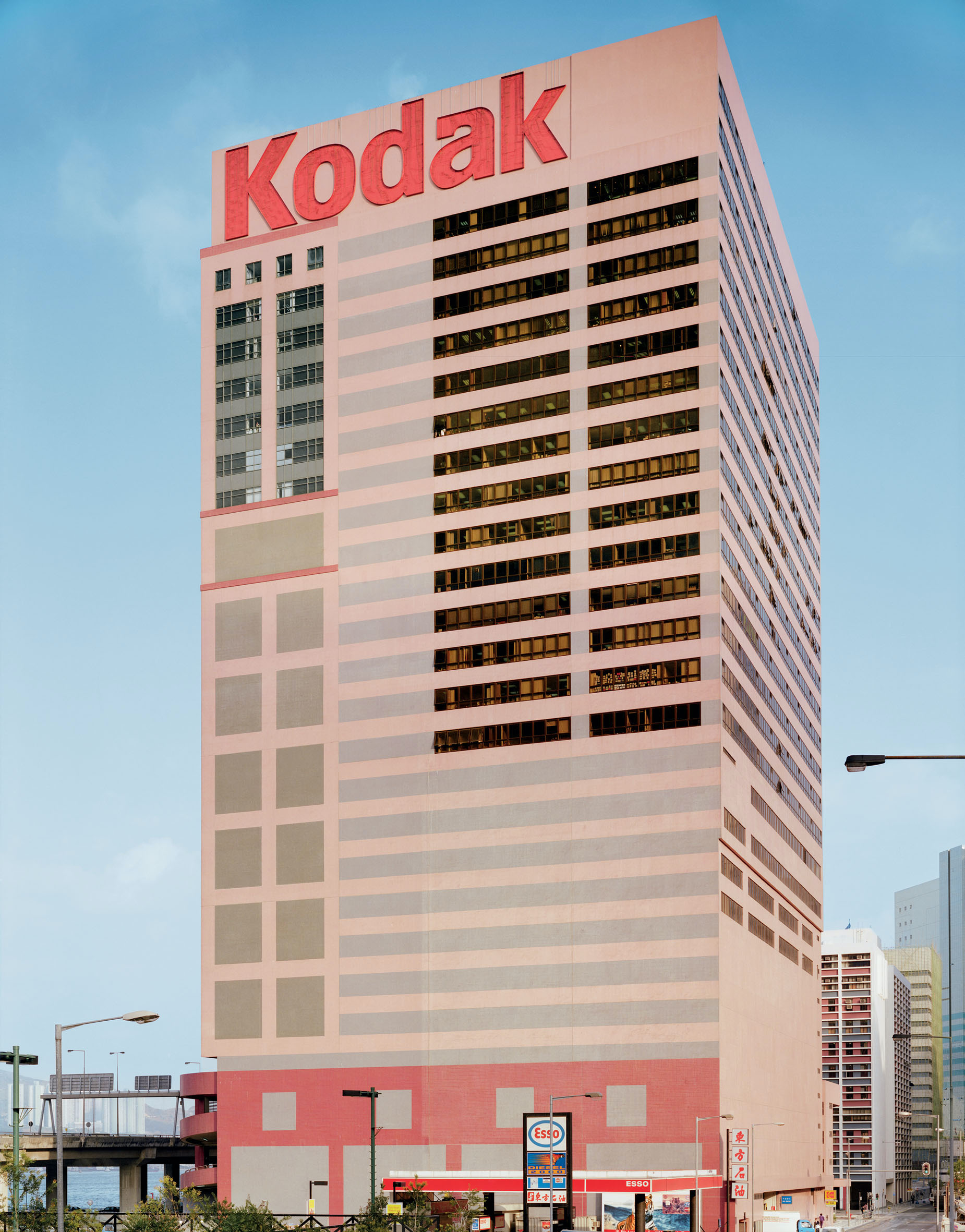
Kodak 1995, Andreas Gusky, by SIAE 2023. Courtesy: Spruth Magers
Foto/Industria’s flagship show, ‘Visual Spaces of Today,’ is a retrospective of renowned German architecture photographer Andrea Gursky. Best known for his large-format photographs of post-industrial spaces and the infrastructure associated with global capitalist systems, his work coalesces multiple layers within a single image to create an impression of the subject that almost supersedes the real thing.
Exhibition curator Urs Stahel and Gursky himself have brought together 40 of the artists’ works spanning over 30 years at Bologna’s MAST.Photogalleries. Discussing Gursky’s work at the inauguration, Urs Stahel delved into the appeal of his particular medium. ‘In contrast to exhibitions with classic photographic formats, where we walk along the walls, linger briefly in front of individual photographs, and then move on with this powering feeling that we are bigger, more powerful than the pictures themselves. Large formats change the space,’ said Stahel. ‘They are physical challenges and at the same time offer, an invitation to approach them, to enter them visually, to connect with them, to merge with them. Gursky focuses his attention on scale and proportion as he explores how humankind can be dwarfed and overwhelmed by its own creations.’
Cécile B. Evans, Reality or Not
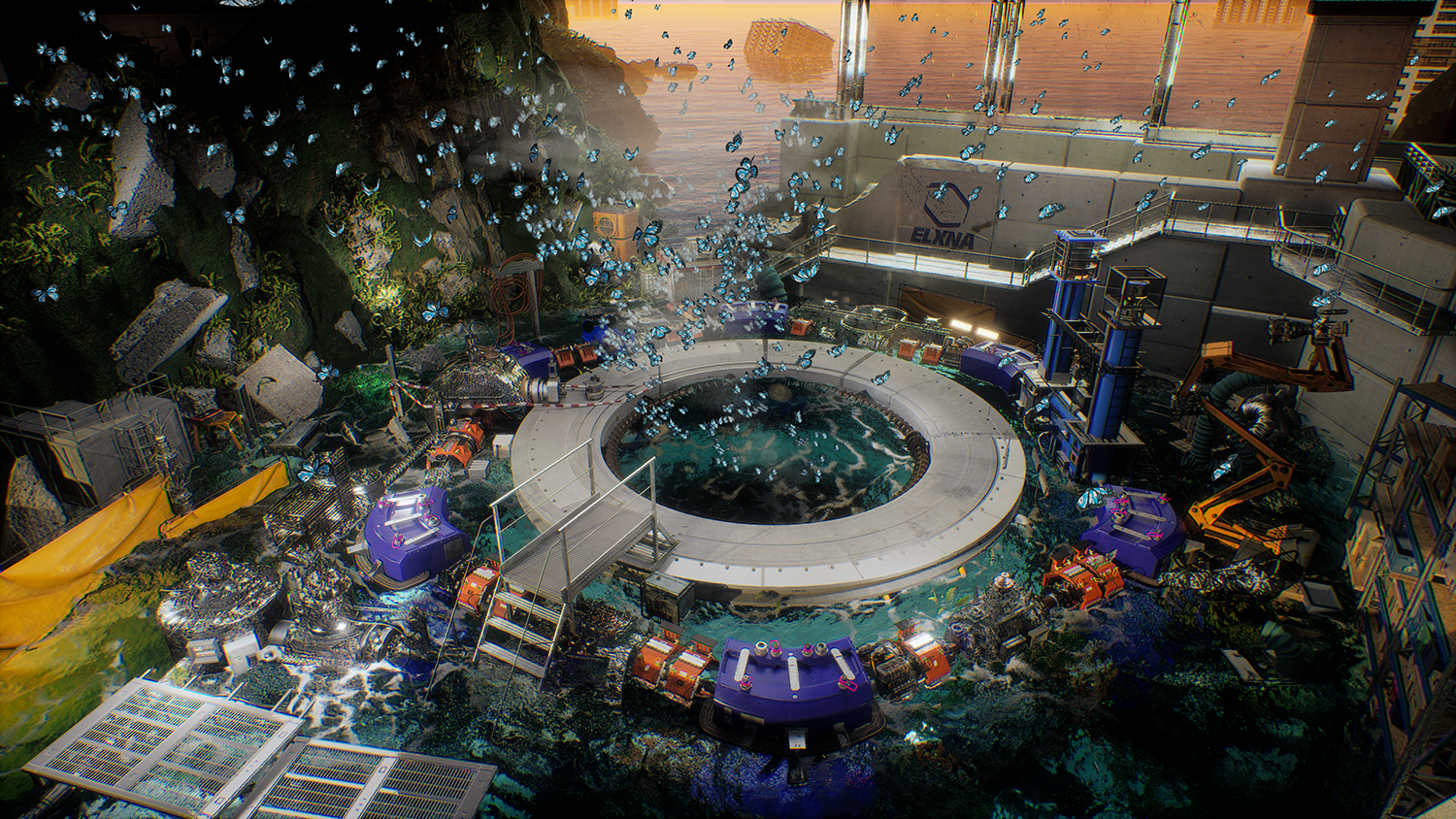
Reality or Not, 2023. Production still made with IncWorks. Courtesy of the artist
Cécile B. Evans’ exhibition at Foto/Industria featured the debut of their latest project, the film, ‘Reality or Not,’ a non-linear narrative that follows an all-girl group of students from a high school in the periphery of Paris. The premise of the film, Zanot explains, is an ‘experiment in the form of a reality show.'
According to Evans, the film jumps worlds, from the IRL to the virtual, meeting a host of characters along the way. They explain: 'a statue that is curious with its status as a symbol, a Real Housewife of Algiers from the future — who is also a helper and a medium and who aims to take down the president of the International Monetary Fund — and a workers collective of renders of failed versions of a virtual influencer.'
Wallpaper* Newsletter
Receive our daily digest of inspiration, escapism and design stories from around the world direct to your inbox.
Introducing the project, Zanot tied the project into the Biennale’s larger theme of video game production. When the ’show’ flips to virtual reality, he explained, the avatars are generated using the same graphic engine as video games. 'This profound and structural relationship with the world of video games, or perhaps with video game worlds, heightens the viewers' sense of disorientation,' he said. To view the film, visitors are invited to sprawl out on pillows made of former army blankets, while elsewhere in the exhibition are previous works by Evans, character mock-ups for the digital avatars and a scale model of a chalet that appears in the film.
Danielle Udogaranya, Seeing Me, Seeing You, Seeing Us
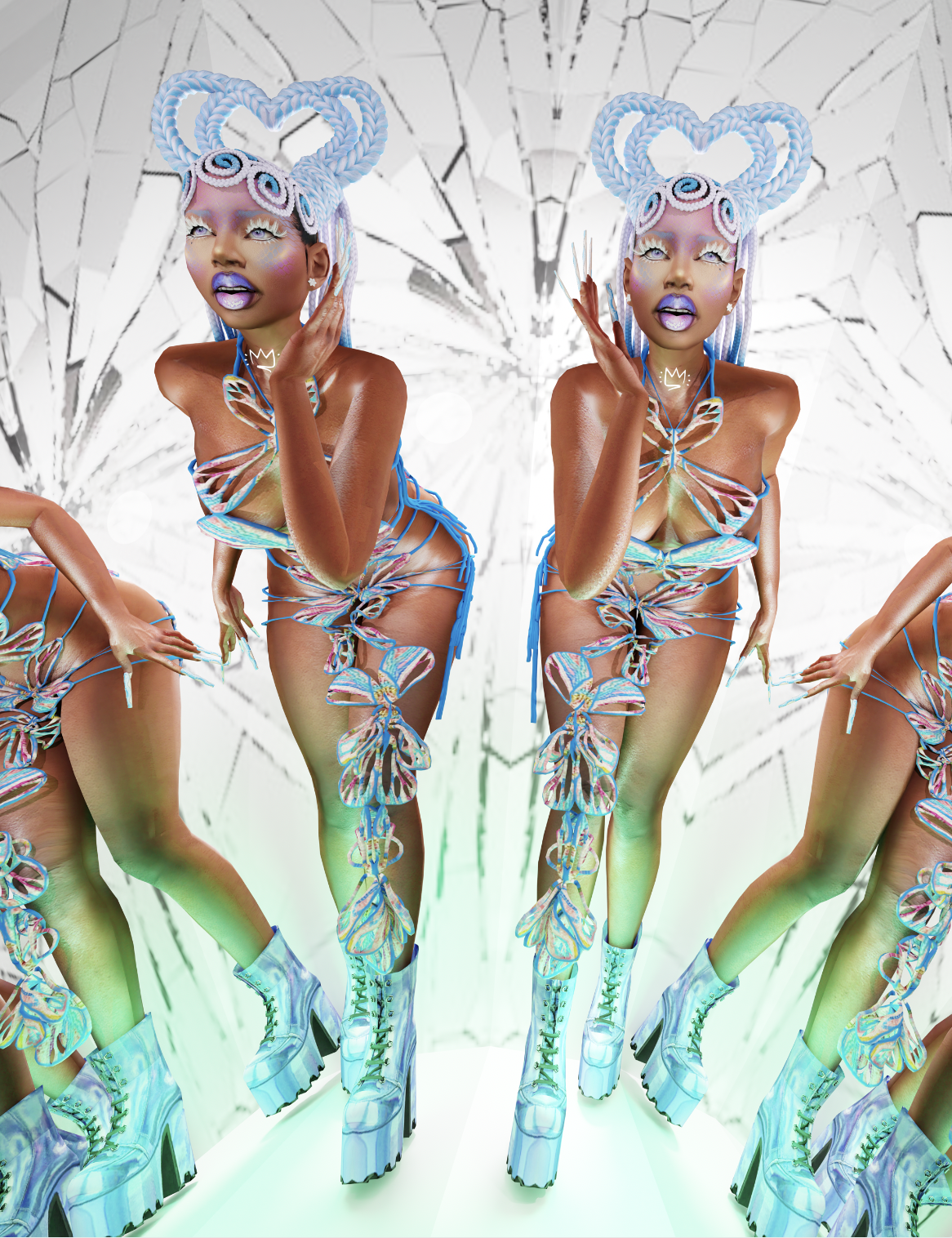
Breakthrough, 2023. The Sims, EA. Courtesy of the artist
One of the most original exhibitions at Foto/Industria comes from digital artist, content creator and Twitch streamer Danielle Udogaranya, who goes by the handle Ebonix. On show was a collection of her custom avatars made for the simulation video game The Sims. Disheartened by the lack of representation in the game, she taught herself 3D modelling to create characters that reflect her and her community. 'I did it with the idea of wanting to see myself in the game because there were no options,' she explains. 'Once I started sharing my stories with others online, it became very apparent that there were gaps — there wasn't enough content available for beginners to create themselves.' Udogaranya says she paid special attention to the characters’ hairstyles, with many featuring intricate braids, which a process video featured in the exhibition illustrates were based on real hairstyles.
She also considers the exhibition as a direct message to the gaming industry to better their representation of diverse communities. 'I taught myself how to do this,’ she said. ‘I haven't been traditionally educated in game design — so what do they really do?'
Ericka Beckman, Reach Capacity
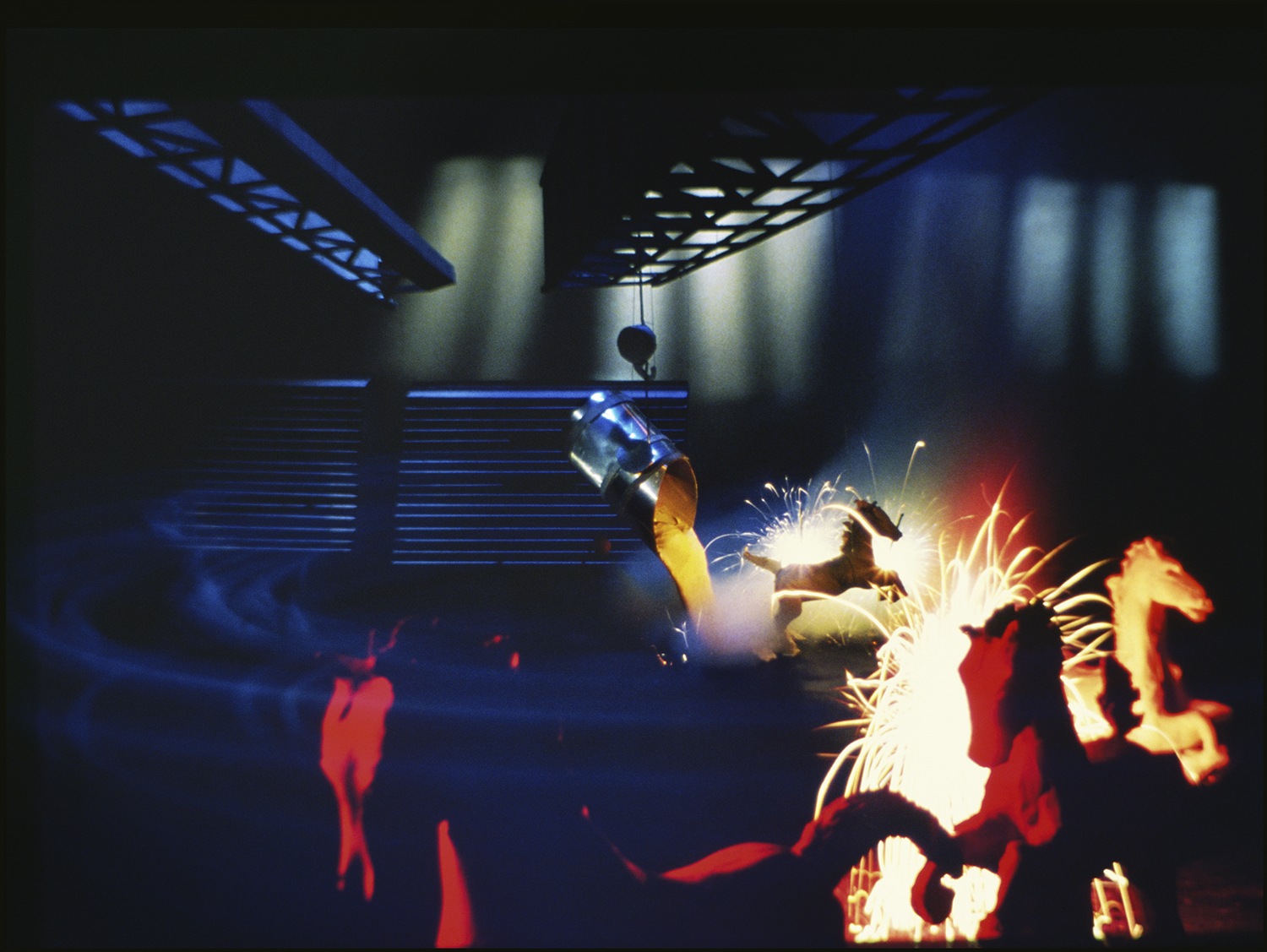
Forget to Fit: Horses, Industrial Series 1987. Ericka Blackman. Courtesy of the artist and Galerie Francesca Pia
In her work, New York-based multimedia artist Ericka Beckman explores the relationship between culture, media and self-image within the medium of film, largely relying on analogue techniques to create digital-seeming effects. Her film, ‘Reach Capacity,’ shown in Spazio Carbonesi, superimposes a Monopoly-like game on top of a nondescript midwest American city while three be-suited businessmen traverse the playing field. Behind them, a chorus of voices sings the praises of all manner of private capital. She describes the breakdown in local communities at the hand of private property interests as the impetus for the project, specifically, the artist studios in Manhattan’s Lower East Side, where she used to work, and in her home town of St. Louis, Missouri, where entire families were recently displaced by the construction of a government complex.
Erik Kessels, Carlo e Luciana
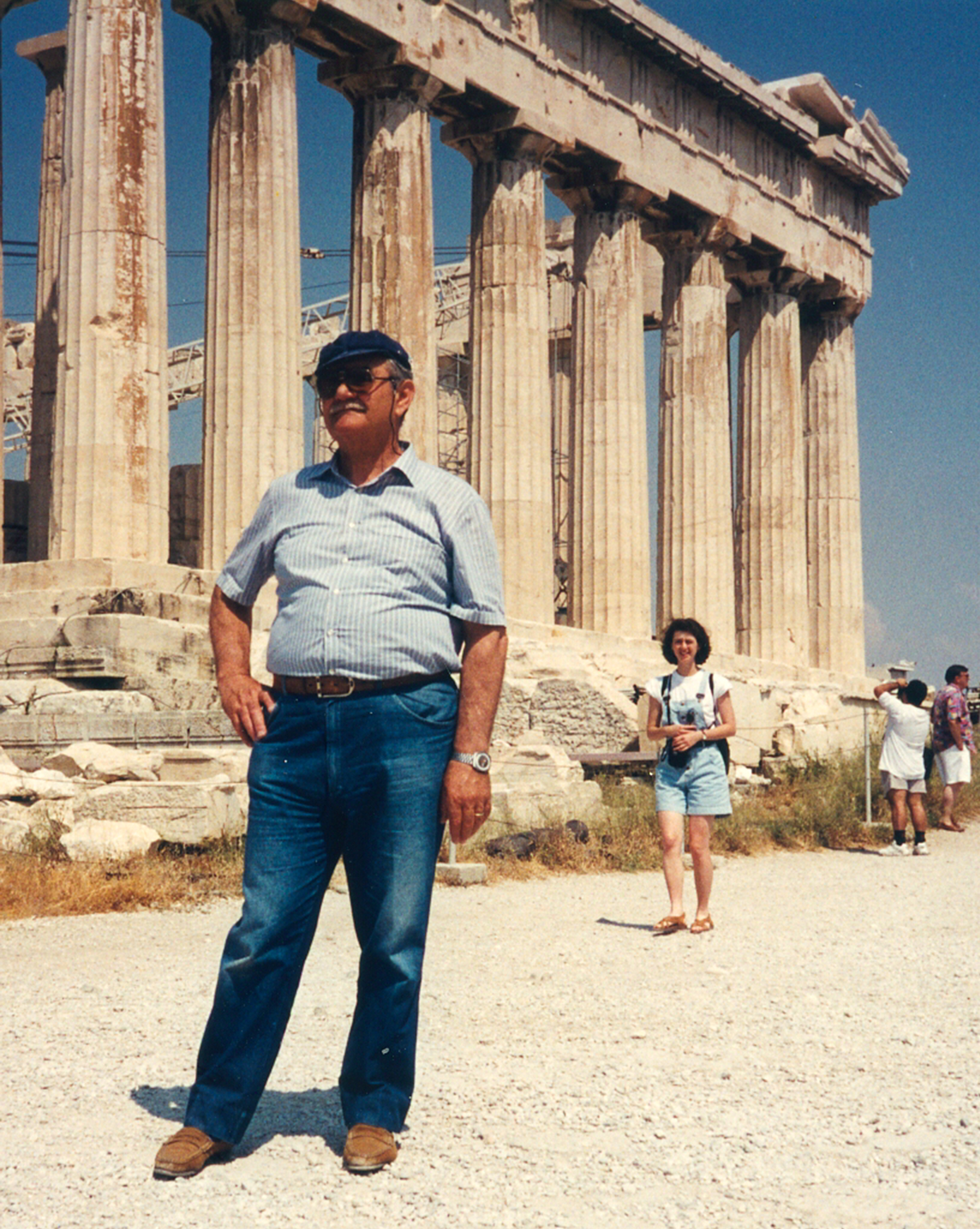
Erik Kessels, Carlo e Luciana, In almost every picture 17, 2021. Courtesy of Erik Kessels and Sergio Smerieri
Dutch artist Erik Kessels is described as a photographer without a camera. Relying entirely on archives of photographs, he searches out narratives in what would otherwise be considered banal family albums. His exhibition, ‘Carlo and Luciana,’ the 17th chapter in the series, charts the travels of a couple from Vignola, a town not far from Bologna in Emilia Romagna. ‘They always photograph each other in the same spot,’ Kessels explains of the concept. ‘She took a picture of him in front of a bridge, he took a picture of her in exactly the same spot.’
The exhibition follows the couple’s travels over their shared life together. From black and white snapshots around Italy in their early 20s, to colour photos in places as far as China and Paris later in life. The exhibition is organised like a scaled-up house of cards, with images stacked in clusters in the courtyard of Bologna’s Palazzo Magnani. Each of these cards displays a snapshot of one of them, save for a single section that is completely devoid of images, representing the couple’s 40 years of employment, during which time they didn’t take a single trip. That is, until the year of their retirement when they once again began exploring — and documenting themselves in the world.
See all works on display at Foto/Industria running from 18 October - 26 November fotoindustria.it
Laura May Todd, Wallpaper's Milan Editor, based in the city, is a Canadian-born journalist covering design, architecture and style. She regularly contributes to a range of international publications, including T: The New York Times Style Magazine, Architectural Digest, Elle Decor, Azure and Sight Unseen, and is about to publish a book on Italian interiors.
-
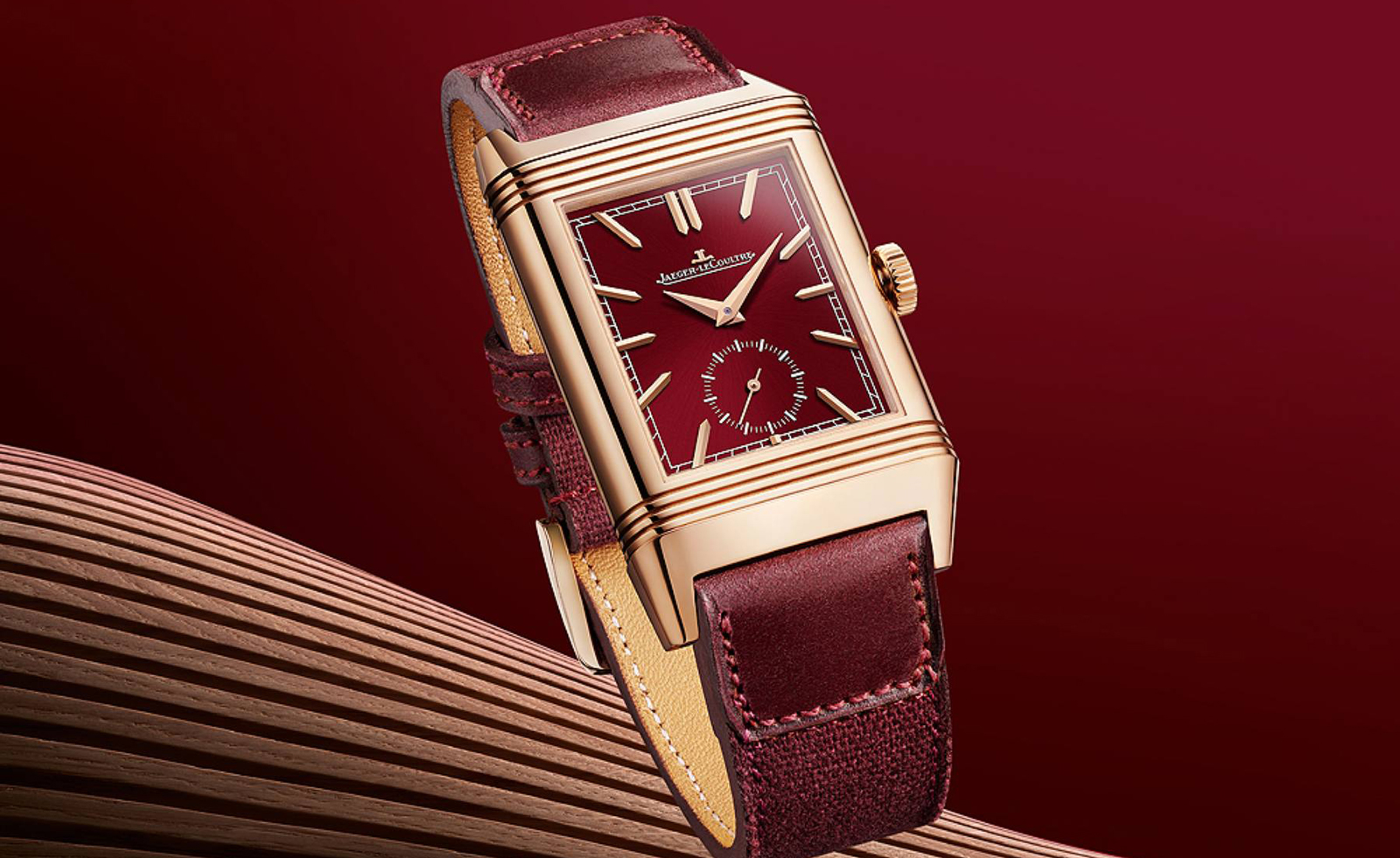 From dress to tool watches, discover chic red dials
From dress to tool watches, discover chic red dialsWatch brands from Cartier to Audemars Piguet are embracing a vibrant red dial. Here are the ones that have caught our eye.
-
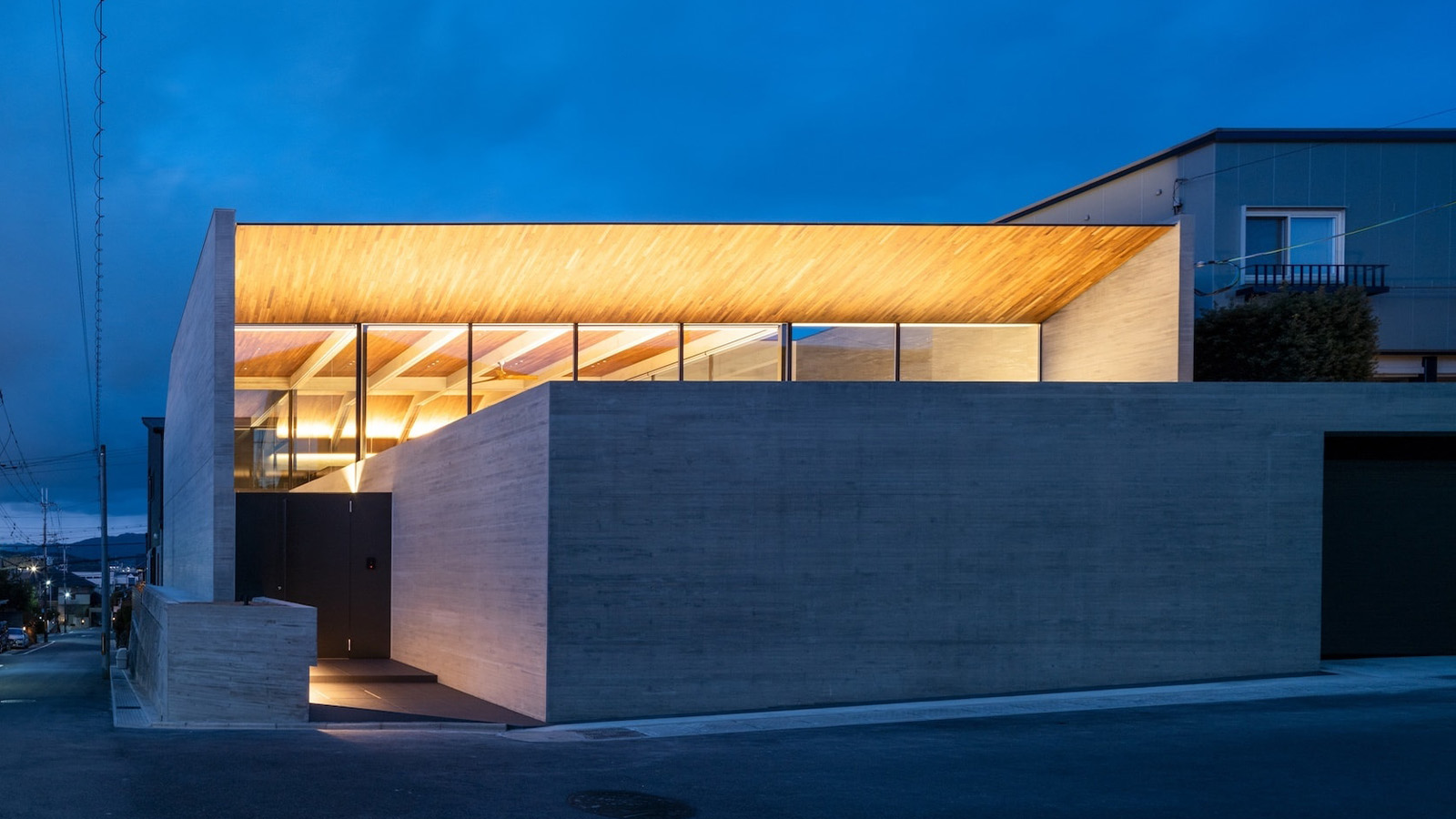 Behind a contemporary veil, this Kyoto house has tradition at its core
Behind a contemporary veil, this Kyoto house has tradition at its coreDesigned by Apollo Architects & Associates, a Kyoto house in Uji City is split into a series of courtyards, adding a sense of wellbeing to its residential environment
-
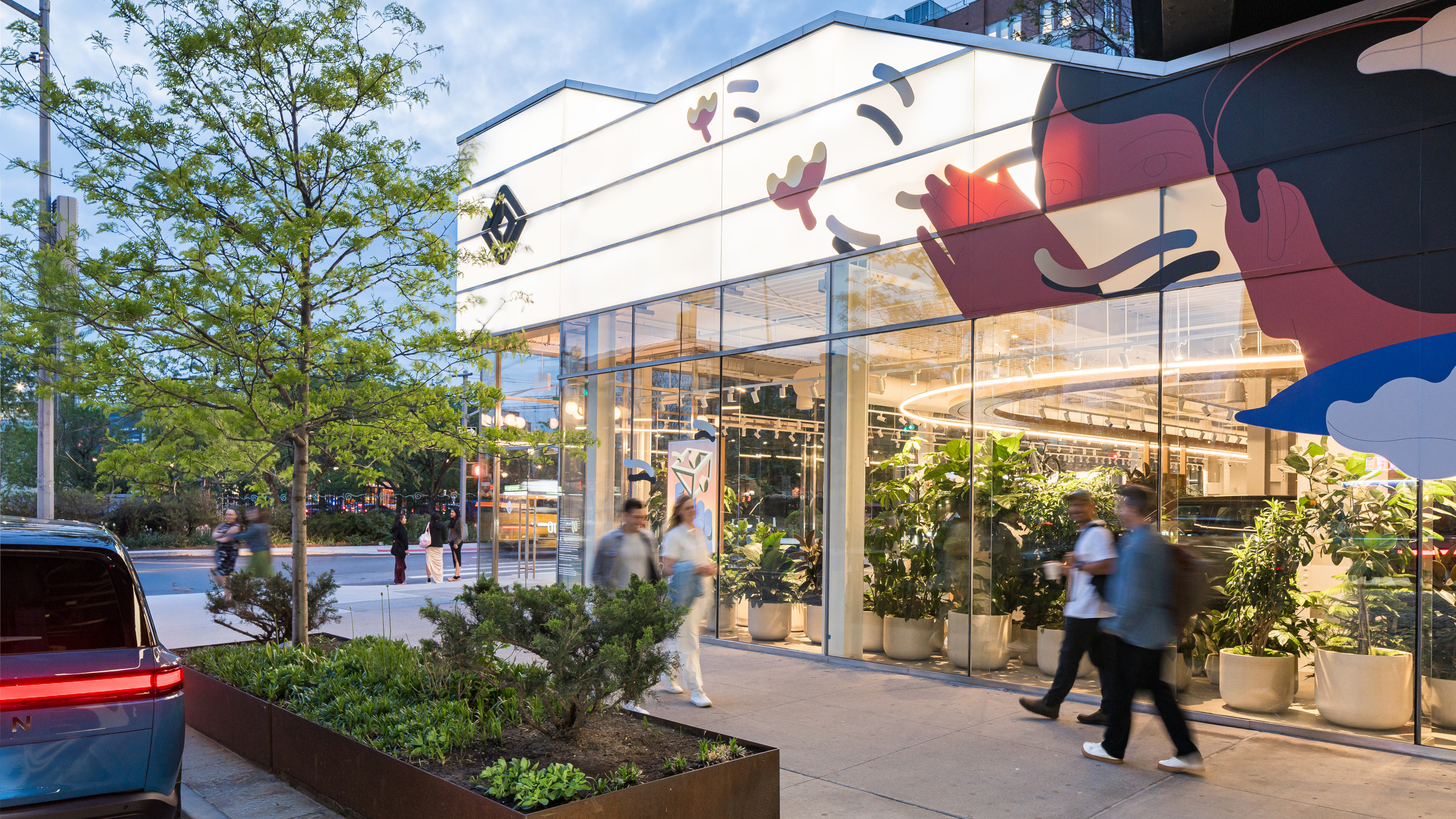 EV maker Rivian creates its first Concept Experience in New York’s Meatpacking District
EV maker Rivian creates its first Concept Experience in New York’s Meatpacking DistrictUnder the High Line, in the heart of one of New York’s most famous neighbourhoods is the Rivian Concept Experience, a showroom designed to surprise and delight both long-term aficionados and total newcomers to the brand